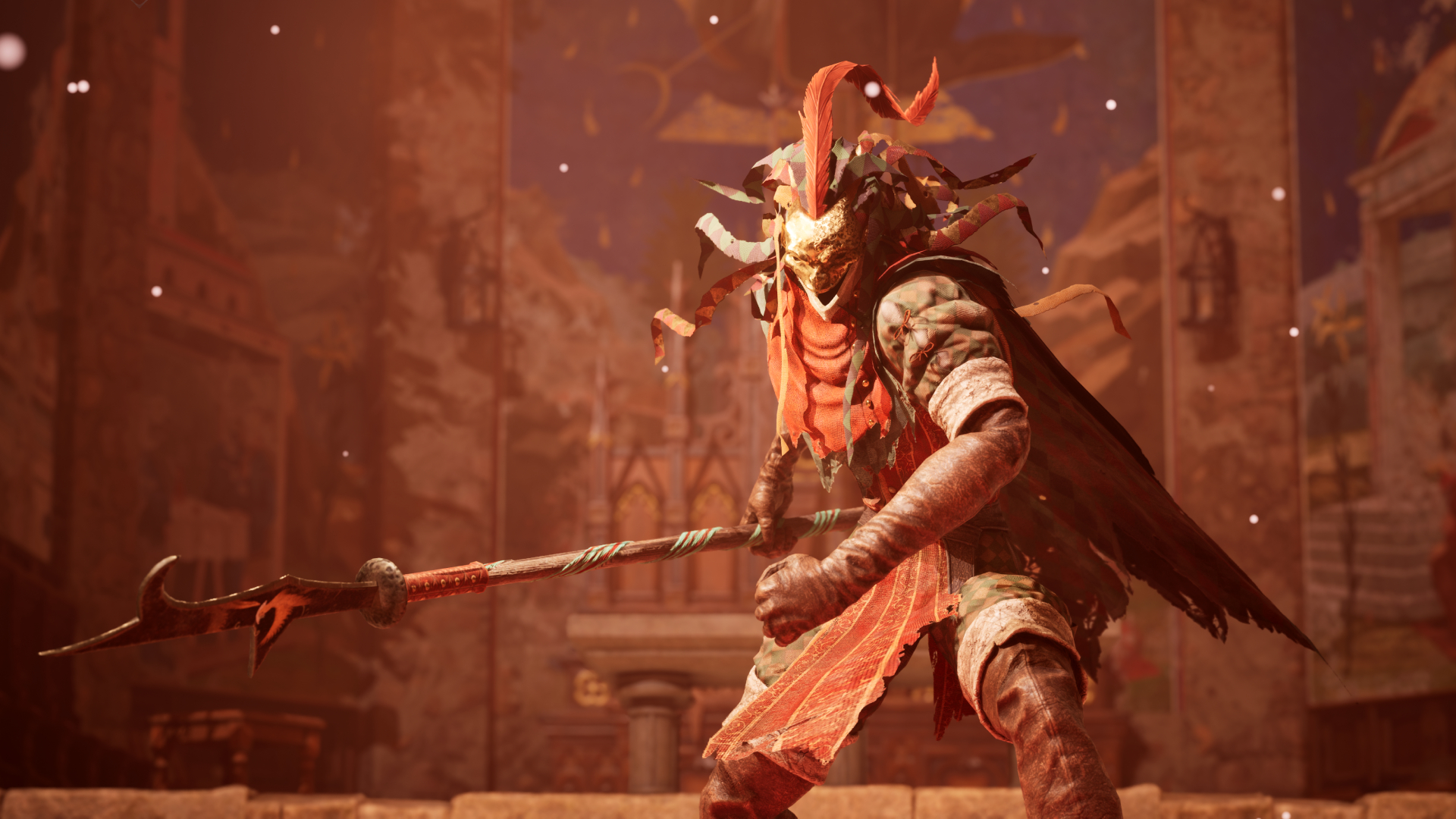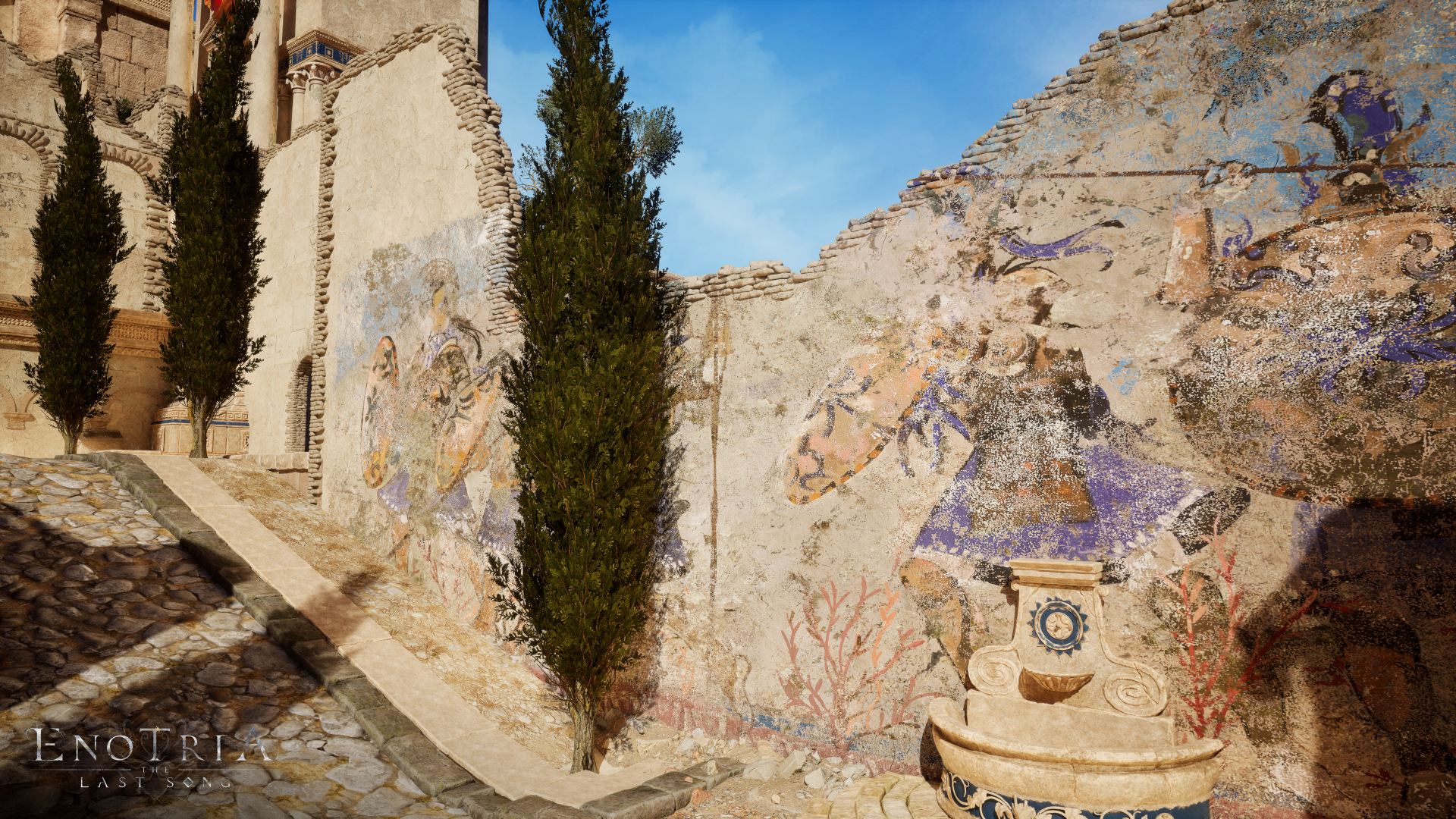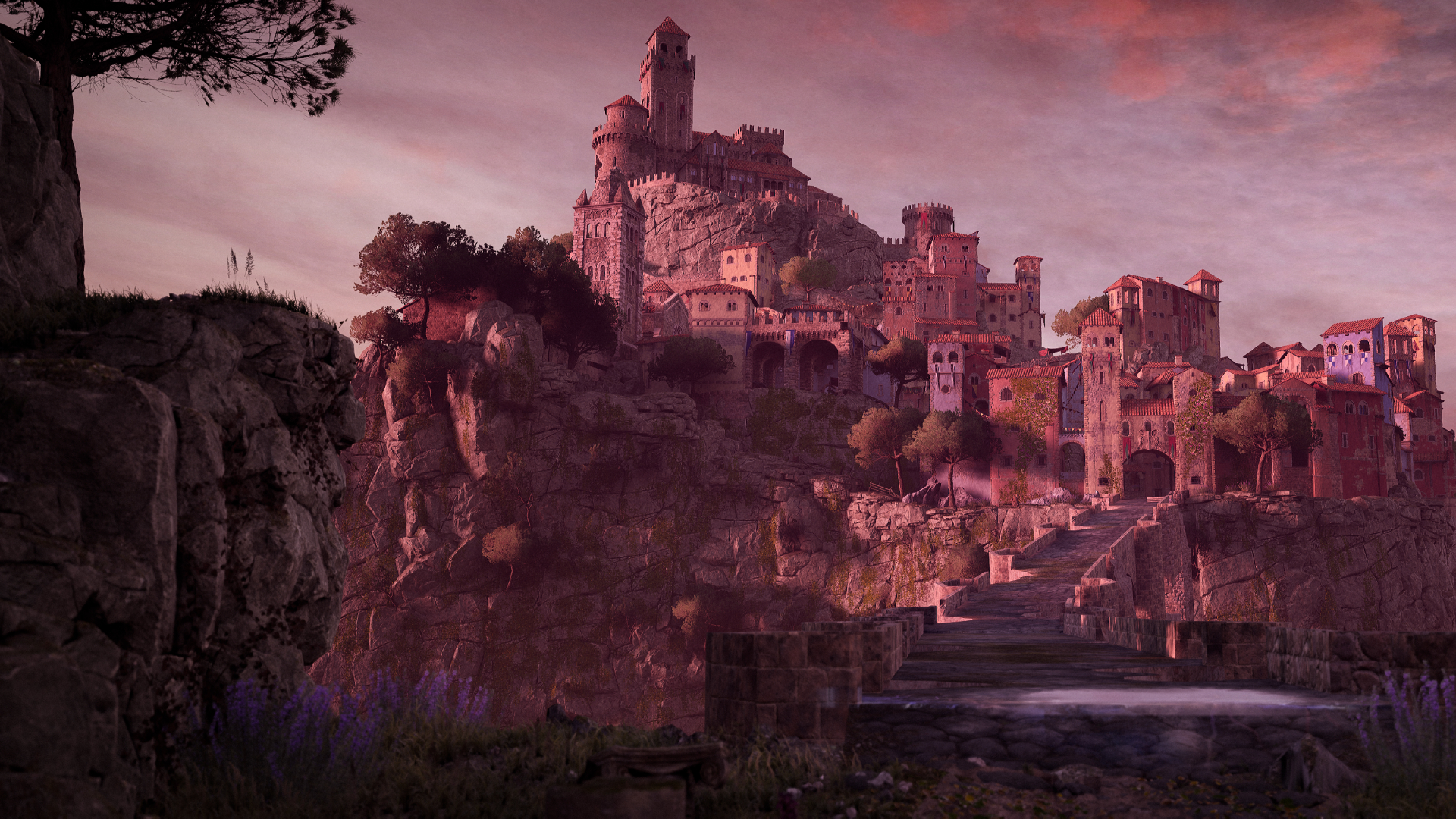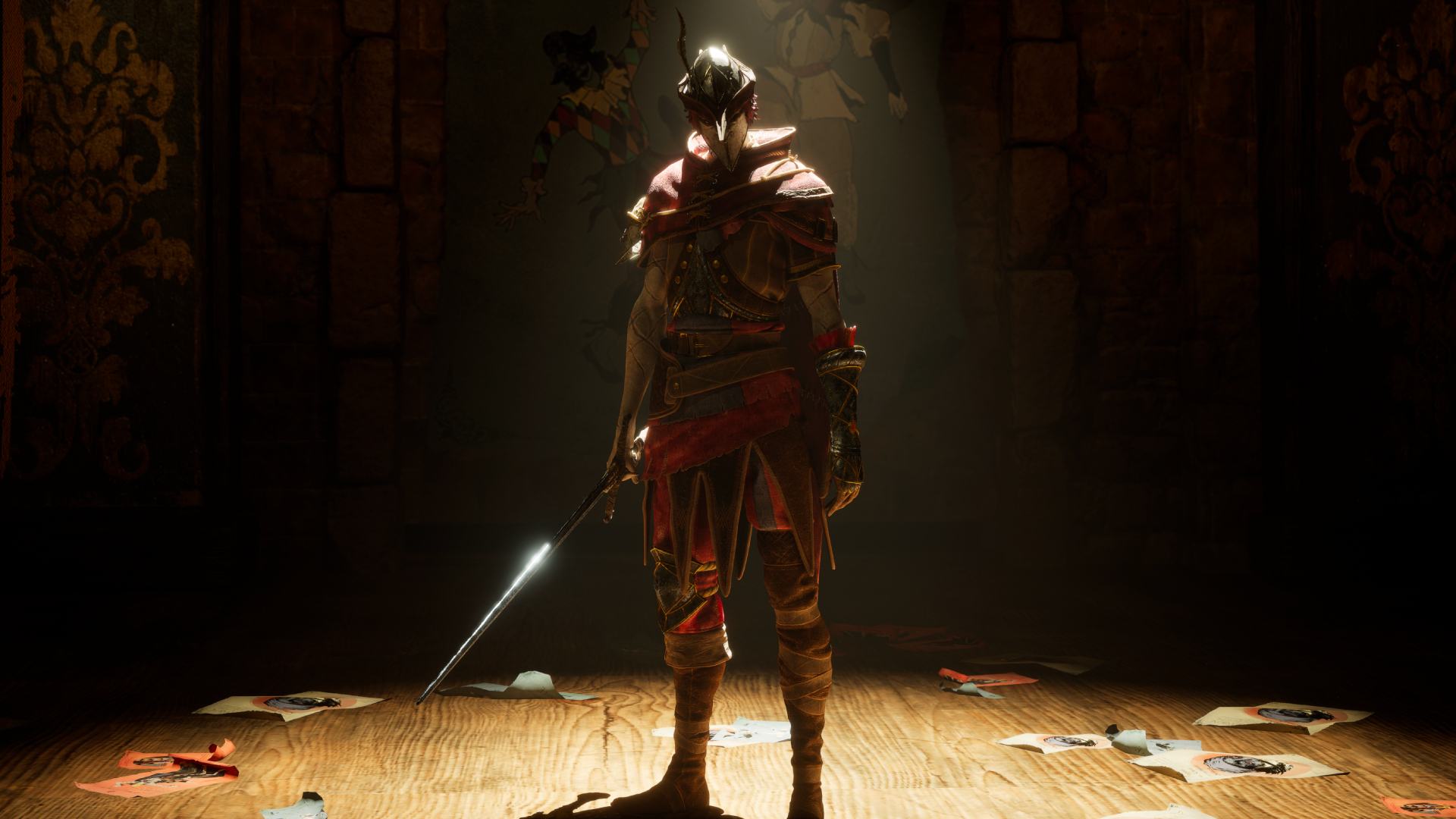TechRadar Verdict
Enotria: The Last Song’s stacks of gameplay systems and offbeat terminology make for a fairly convoluted soulslike experience. However, it brings some cool ideas to the table when it comes to combat and traversal. That, and it’s a simply gorgeous world set against a backdrop of Italian folklore, makes for an incredibly compelling experience. The relatively short length compared to most soulslikes also makes it a digestible game that's worth playing at least once.
Pros
- +
Utterly stunning environments and art direction
- +
Has cool ideas for abilities, status effects, and traversal
- +
Level design strikes a nice balance between linear and explorable
Cons
- -
Mess of gameplay systems makes character-building quite confusing
- -
Boss fights are largely weak
- -
Digestible short length, but that may disappoint folks hoping for something more
Why you can trust TechRadar
Platform reviewed: PS5
Available on: PS5, Xbox Series X, Xbox Series S, PC
Release date: September 19, 2024
If I had a nickel for every time a soulslike was inspired by Italian source material, I’d have two nickels. Which isn’t a lot, but it’s weird that it’s happened twice. This second time around it’s Enotria: The Last Song, following on from 2023’s excellent Lies of P.
Enotria is more inspired by Italian folklore rather than a single piece of media, however, and it forms the backdrop of a visually striking world with loads to love about its setting and worldbuilding. To many, this alone is worth playing Enotria for - just to see how gorgeous and creative its environments get.
It’s a game that’s otherwise sadly let down by a convoluted mess of gameplay systems - from swathes of equipment and ability categories to the use of Italian nomenclature for items and status effects. It can be quite to wrap your head around, and that’s before getting to some rather weightless-feeling combat and lackluster boss encounters. However, I still think Enotria is worth a playthrough for its stunning environmental design and occasionally clever level layouts.
Life of the party

In a world inhabited by puppet-like humanoids, you are the Maskless One, a being that can assume various forms (and thus playstyles) by wearing a variety of masks you find throughout the game. Said masks change the Maskless One’s appearance and provide unique bonuses. One mask, for example, might boost heavy attack damage, while another can increase the number of replenishable healing items you can carry.
Masks form the base of your loadouts, of which you can set up to three. Within a single loadout, you can equip up to two weapons, four active skills (known here as ‘Lines’), six passive abilities which can be unlocked via a skill tree, a parry stone that grants unique effects upon successfully guarding, as well as an ‘Aspect’ which can boost or take away from the game’s five governing stats.

Enotria’s art direction is simply sublime. The gorgeously detailed environments are vividly colored, often sun-drenched, creating quite a pleasant atmosphere that isn’t common in the soulslike subgenre.
It’s all rather a lot to take on board, and Enotria doesn’t do a particularly good job of explaining it all - even in its early tutorial segments. As a result, you can spend a lot of time wondering just how each individual piece of your loadout will actually benefit you. This is exacerbated by the game’s tricky terminology.
Elemental damage effects, item names, and even the speed at which a weapon is swung are all written in Italian. I can’t complain about this too much, as it fits with the game’s overall setting and themes, but it does have an impact on readability. By the end of the game, I still had to glance at tutorial notes to remember what effects like ‘Fatuo’ or ‘Gratia’ did to enemies. Maybe I should’ve just booted up Duolingo...
Thankfully, the four main status effects - Dizzy, Wicked, Radiant, and Sick - are easier to understand. But beyond that, they’re much different and more interesting than your usual poisons, paralysis, and so on, in that they all carry a beneficial effect in addition to a negative one.
Dizzy, for example, reduces your overall defense, but also buffs your damage and stamina regeneration rate. Radiant is super cool, causing you to regain health points (HP), but being attacked will trigger an explosion that will deal massive damage to you. I absolutely love this and shows that Enotria does think outside the box in many of its gameplay aspects; I just wish it was all explained a little better in-game.
All the world's a stage

One thing that doesn’t need explaining is Enotria’s stunning world design. Its sun-drenched environments pop with vivid color, something I’m really not used to seeing in the best soulslike games which are usually suitably dour in tone. Definitely play Enotria on an HDR-capable display if you can; the game is certainly suited for it.
I was also really impressed with Enotria’s level design overall. While not quite reaching FromSoftware levels of intricate, Enotria presents plenty of winding streets, alleyways, nooks, and crannies that encourage the player to go off and explore, all while keeping the critical path easy to follow. It strikes a great balance between linearity and optional exploration.
The game does sadly fall quite short in the combat department. While serviceable for a soulslike, weapon strikes often feel lacking in impact, leading the whole affair to feel fairly listless. It’s not awful by any means, but not as engaging as some of its contemporaries including Lies of P and of course Elden Ring.
The game is also fairly easy overall; upgrade materials are plentiful, as is experience (EXP) needed to level up. In fact, I’d hit level 60 just a handful of hours into my first playthrough. It’s a relatively short game, too, especially for a soulslike. You can handily clear the game within 20 hours, which enables Enotria to execute very good pacing, and the game does not outstay its welcome.
Sadly, boss fights are also quite a let down with many encounters following the Dark Souls 2 formula of ‘big dude in armor’. There are some standouts with really striking designs - like Zanni The First Mask with his twisted, monstrous form - but even they fall short in the difficulty department. Going up against a towering major boss, only to clear it in less than a couple of minutes on my first attempt was a common occurrence, which certainly felt anticlimactic.
Accessibility
There aren’t a ton of accessibility options in Enotria: The Last Song. However, what’s here is welcome. There are colorblind modes for deuteranopia, tritanopia, and protanopia and you can even adjust their strength on a scale of zero to 10. There is also subtitle support for 13 languages (as well as an Italian dub for voiced audio, which is a nice touch).
Should I play Enotria: The Last Song
Play it if...
You want a distinct soulslike experience
Cool status effects, impressive loadout customization, and excellent level design all make Enotria worth playing through at least once.
You love original and offbeat art direction
There isn’t a single game that looks like Enotria, and it accomplishes its setting, tone, and art direction all phenomenally well.
Don't play it if...
You’re after a meaty and challenging experience
The relatively short runtime and often listless, easy combat are arguably the weakest parts of Enotria. The boss fights in particular, are a sharp letdown.
How I reviewed Enotria: The Last Song
My playthrough of Enotria: The Last Song lasted about 14 hours and I experienced most of the game’s boss fights and locations with plenty of exploration and item hunting mixed in. I also endeavored to try out a bunch of different loadouts via the Mask system.
I played Enotria on PS5 with a DualSense Edge controller on an LG CX OLED TV, almost exclusively in its 60fps performance mode which I found to hold up extremely well with little if any frame drops at all. The 30fps graphics mode is similarly stable and provides an impressive bump in detail, though I found the game to be more enjoyable and fluid at the higher framerate option.
First reviewed October 2024.

Rhys is TRG's Hardware Editor, and has been part of the TechRadar team for more than two years. Particularly passionate about high-quality third-party controllers and headsets, as well as the latest and greatest in fight sticks and VR, Rhys strives to provide easy-to-read, informative coverage on gaming hardware of all kinds. As for the games themselves, Rhys is especially keen on fighting and racing games, as well as soulslikes and RPGs.
